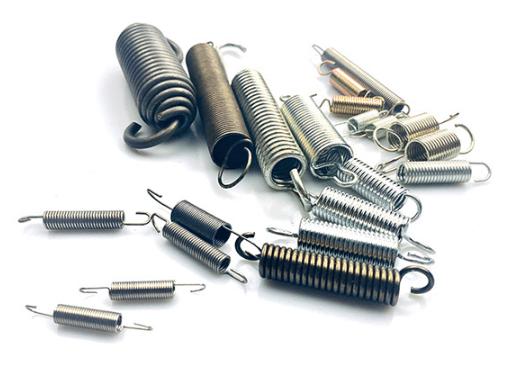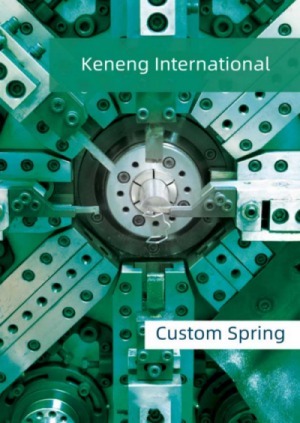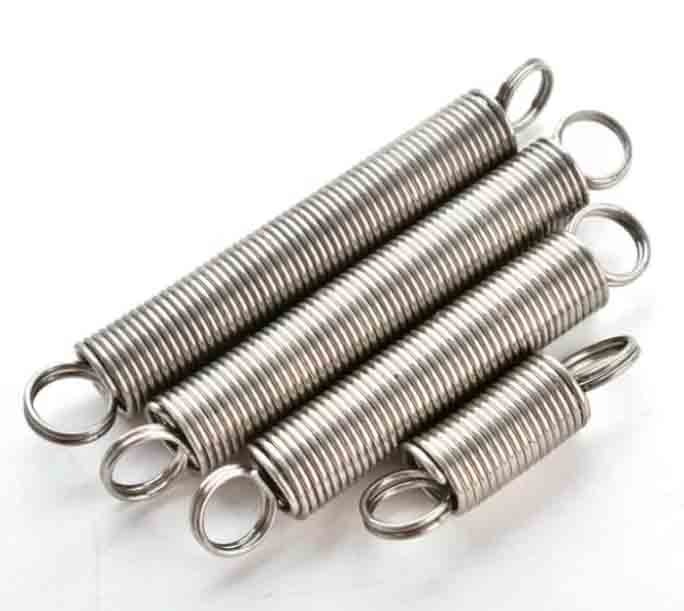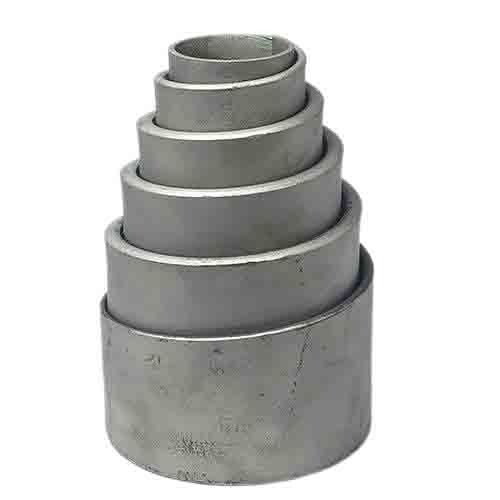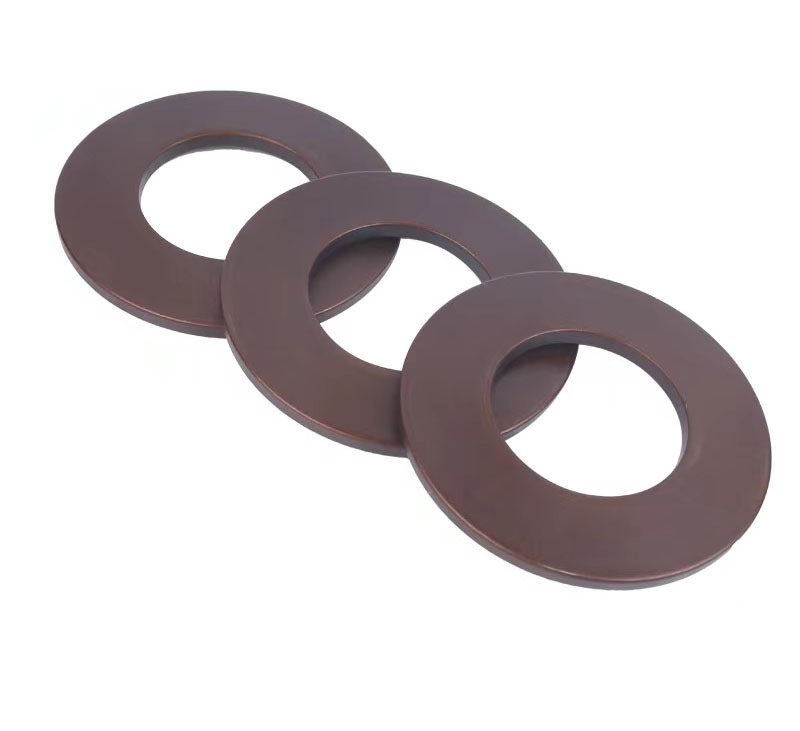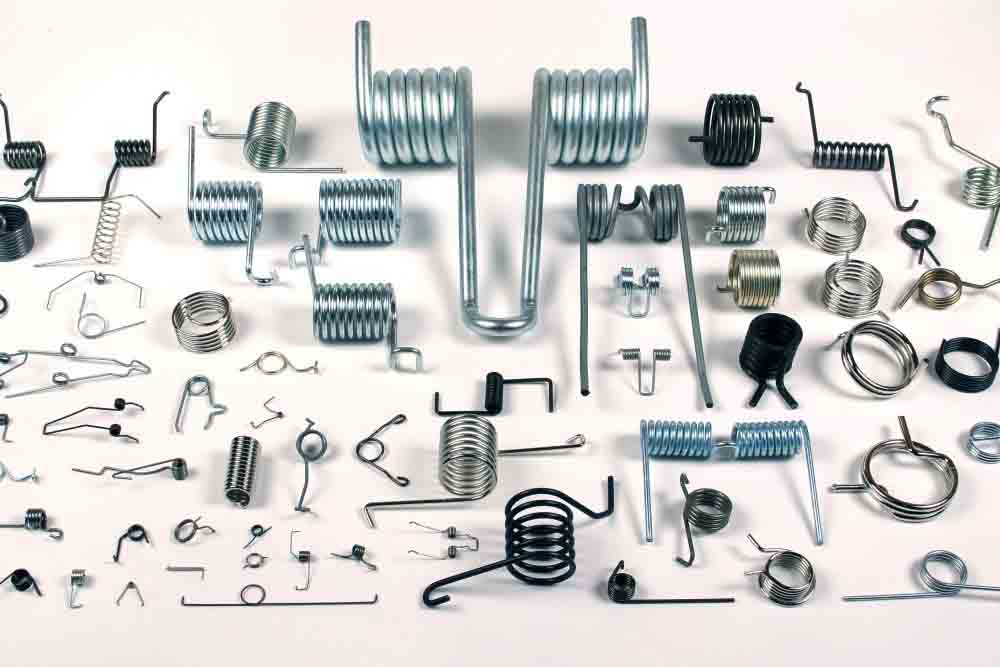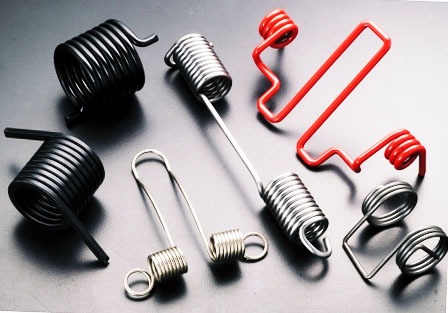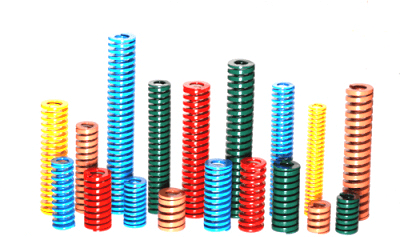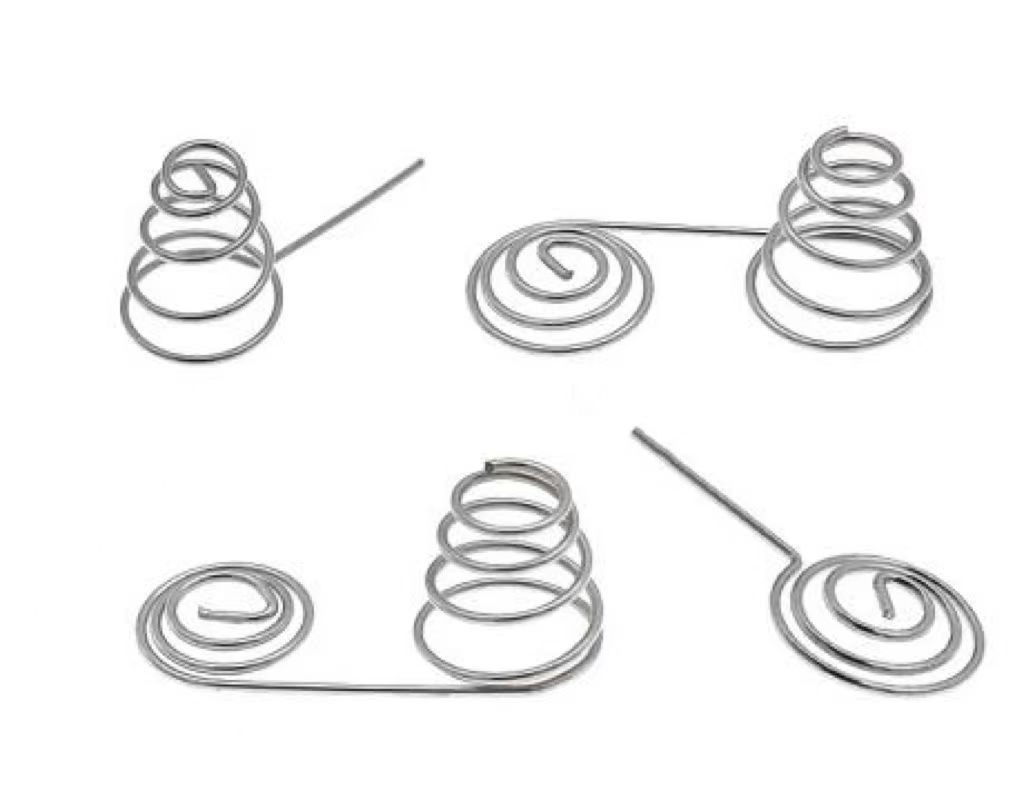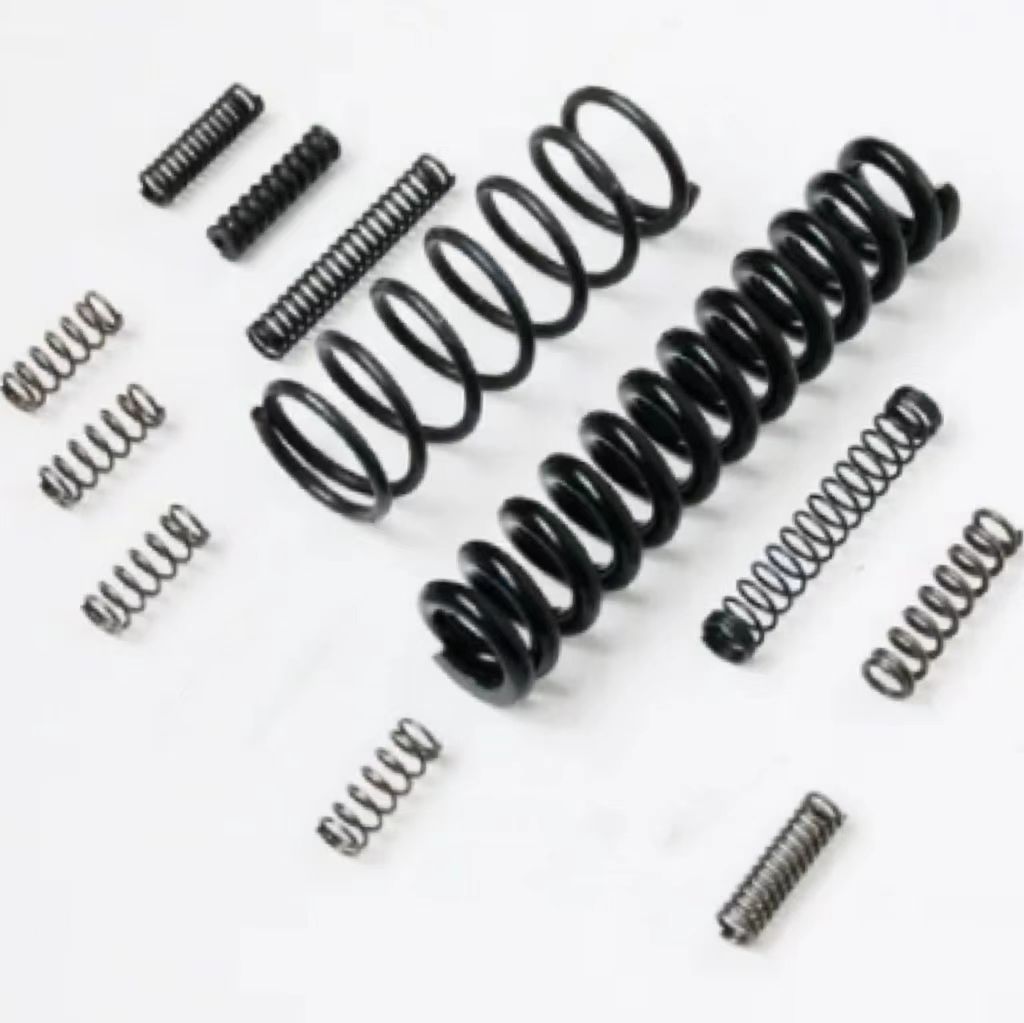What are the Factors Affecting the Strength of Spring Fatigue?
Spring is a very important basic component. Because of its many valuable special properties, it has been widely used in automobiles, tractors, instruments, textiles, and other light industries.
In case of fatigue fracture accidents of some important springs at work, it may cause major economic losses, and even threaten the personal safety of workers. Therefore, in order to prevent accidents, we need to be aware of the factors that affect the fatigue strength of springs.
Factor 1: Yield Strength
There is a certain relationship between the yield strength and fatigue limit of materials. Generally speaking, the higher the yield strength of materials is and the higher the fatigue strength is. Therefore, in order to improve the fatigue strength of springs, we should try to improve the yield strength of spring materials or use materials with high yield strength and tensile strength ratio. For the same material, fine grain structure has higher yield strength than coarse and fine grain structure.
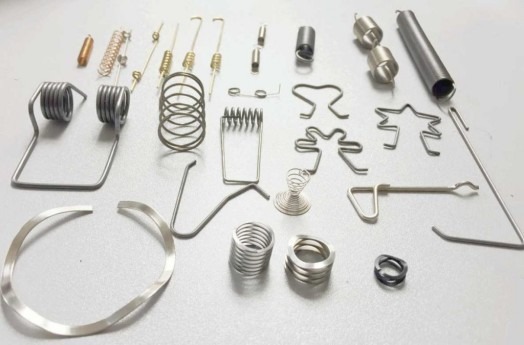
Factor 2: Surface State
The maximum stress mostly occurs on the surface of the spring material, so the surface quality of the spring has a great impact on the fatigue strength. The fatigue fracture of spring is often caused by the cracks, defects, scars, and other defects of spring material during rolling, drawing, and coiling.
The smaller the surface roughness of the material is, the smaller the stress concentration is and the higher the fatigue strength. With the increase of surface roughness, the fatigue limit decreases. In the case of the same roughness, the reduction degree of fatigue limit is different for different steel grades and different coiling methods. For example, the reduction degree of a cold coil spring is smaller than that of a hot coil spring. When a steel hot-coil spring is undergoing its heat treatment, the surface of the spring material becomes rough and decarburized due to oxidation, which reduces the fatigue strength of the spring.
The material surface shall be grinded, pressed, shot blasted, and rolled, which can improve the fatigue strength of the spring.
Factor 3: Size Effect
The larger the size of the material, the higher the possibility of defects caused by various cold and hot working processes, and the greater the possibility of surface defects. All of which will lead to a decline in fatigue performance. Therefore, the influence of the size effect should be considered when calculating the fatigue strength of the spring.
Factor 4: Metallurgical Defect
Metallurgical defects refer to non-metallic inclusions, bubbles, element segregation, etc, in materials. The inclusion on the surface is the source of stress concentration, which will lead to premature fatigue cracks between the inclusion and the matrix interface. The quality of steel can be greatly improved by adopting vacuum smelting, vacuum casting, and other measures.
High Fatigue Strength Spring – KENENG Spring
KENENG focuses on R&D and production of various springs, adopting the advanced technology of the industry, carefully exploring and developing the products with high spring fatigue strength, and has a production section capacity of Φ0.01 to Φ100. KENENG spring is widely used in scientific research, the military industry, the nuclear industry, the chemical industry, petroleum, machinery, and other industries.
KENENG provide customized spring according to the actual installation space, pressure size to choose the material of the spring, line diameter, size, and special processing technology and mass production. KENENG as a professional spring manufacturer strives to provide quality products to meet the various requirements of customers.

